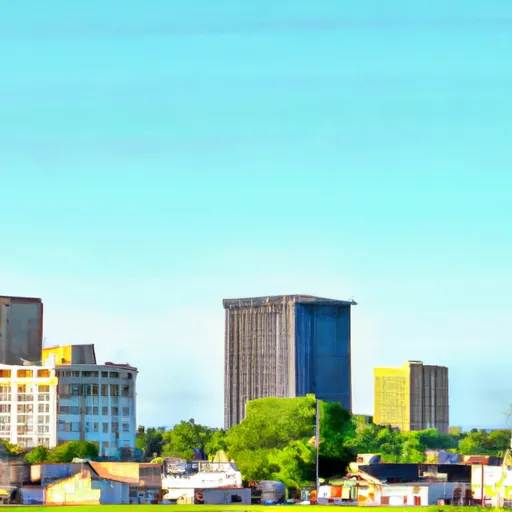°F
°F
mph
Windspeed
%
Humidity











Morgan City, Louisiana is a vibrant city located in the southern part of the state. The climate in Morgan City is classified as humid subtropical, characterized by hot and humid summers and mild winters. The city experiences a significant amount of rainfall throughout the year, with the wettest months typically being June through September. This climate is influenced by its proximity to the Gulf of Mexico.
Hydrologically, Morgan City is situated along the banks of the Atchafalaya River and is known for its unique waterways. The city serves as a gateway to the Atchafalaya Basin, the largest swamp in the United States, offering diverse wildlife, scenic beauty, and recreational opportunities. Fishing, boating, and birdwatching are popular activities in the area, with numerous public boat launches and fishing spots available.
Outdoor enthusiasts can also explore the nearby Lake Palourde, which provides opportunities for water sports, camping, and picnicking. The region's rich natural resources make it a haven for outdoor recreation, attracting visitors and locals alike. Overall, Morgan City offers an inviting climate, diverse hydrology, and a wide range of outdoor activities for nature lovers to enjoy.
Weather Forecast
Morgan-City receives approximately 1603mm of rain per year, with humidity levels near 90% and air temperatures averaging around 20°C. Morgan-City has a plant hardyness factor of 9, meaning plants and agriculture in this region tend to thrive here all year round.
Regional Streamflow Levels
10
Cubic Feet Per Second
14,900
Cubic Feet Per Second
3
Cubic Feet Per Second
112
Cubic Feet Per Second
Nearby Camping
| Camping Area | Reservations | Toilets | Showers |
|---|---|---|---|
| Lake End Park | |||
| Kemper Williams Parish Park | |||
| Oak Grove City Park | |||
| Clear Spgs Rec Area | |||
| Lake Bruin State Park | |||
| Chicot County RV Park |



